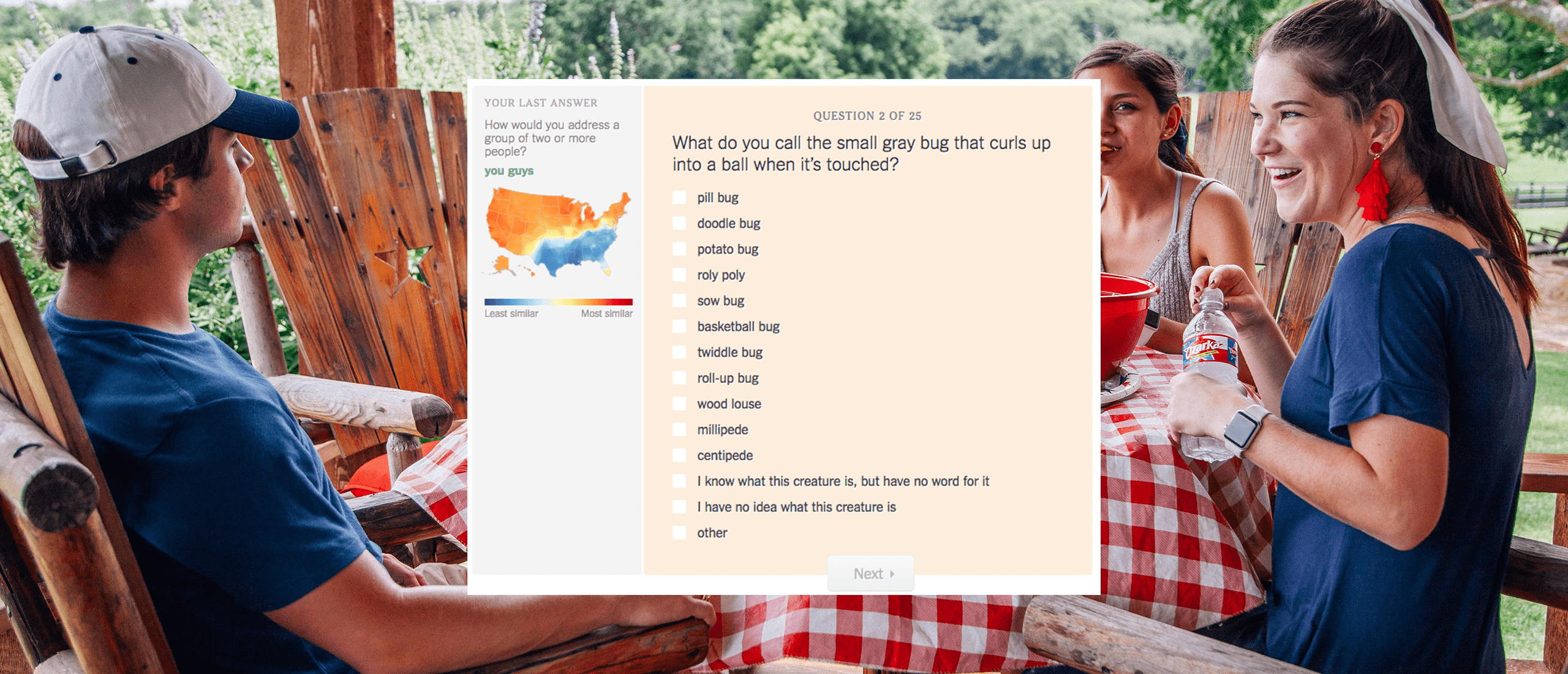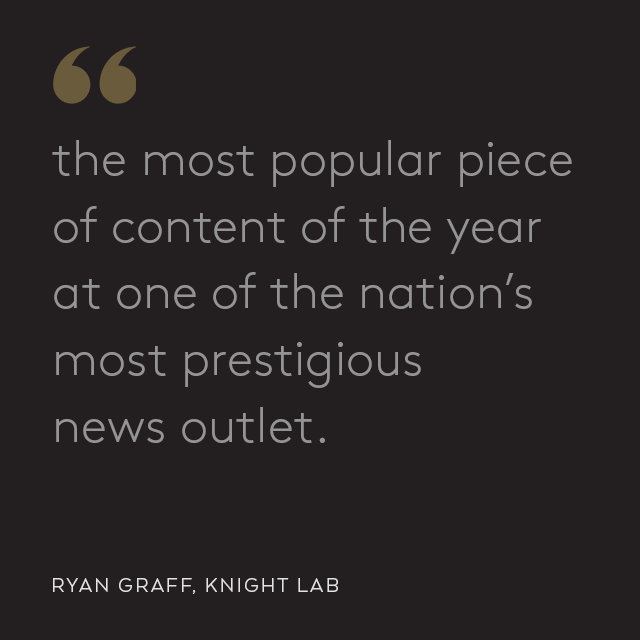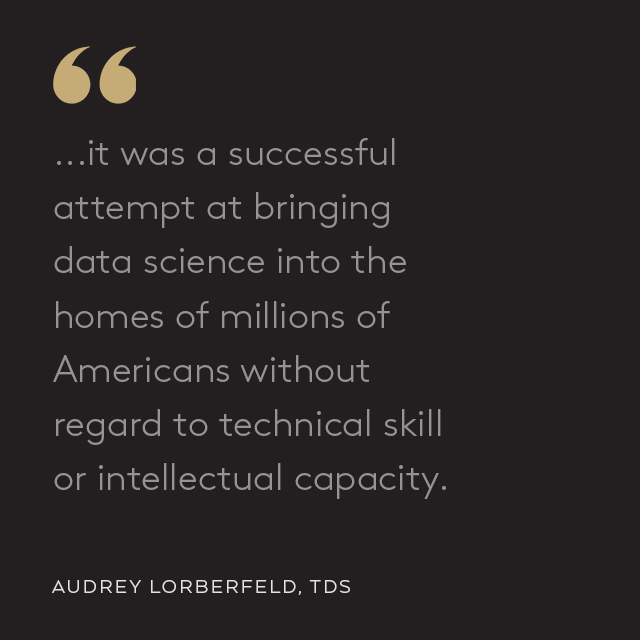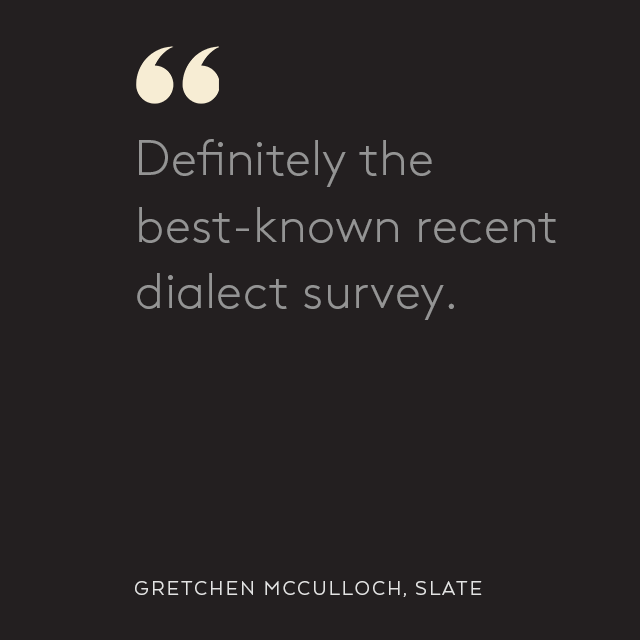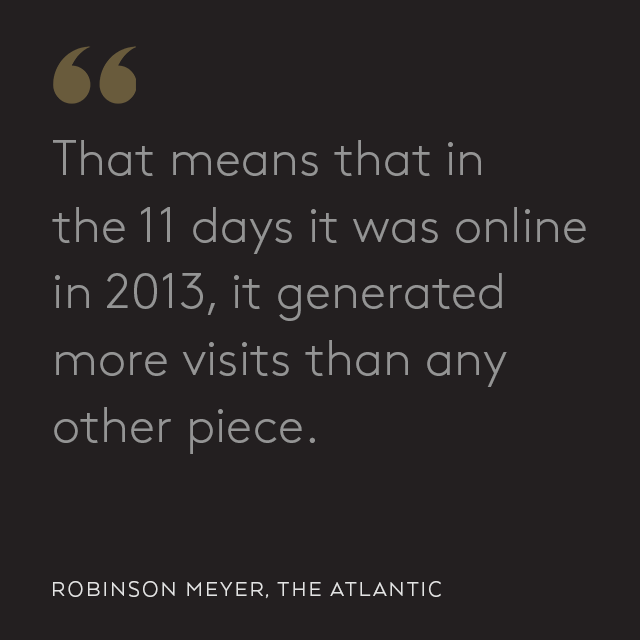
ABOUT
The New York Times’ work How Y’all, Youse and You Guys Talk, or, because of its sheer ubiquity, simply the “dialect quiz,” became a cultural touchstone nearly immediately after its launch in 2013. The work is both deceptively simple and technologically complex. After you answer a series of questions about the words you use, the interactive graphic returns a map that, more often than not, pinpoints where you live or grew up. The map makes a few guesses at individual cities and then radiates a heatmap out of the region it associates most with the language you use.
The map shows the multifaceted nature of American culture and identity through the use of language — organic regions that don’t neatly fit within state lines. What started as a personal side project of Josh Katz as an extension of his graduate school research was used by tens of millions of visitors over the span of a few weeks after publication, at times receiving so much traffic that the project’s server became overwhelmed. The project quickly became what was at the time the most-viewed piece of content in New York Times history. For its ability to tell you a story about yourself while also drawing a limitless set of maps of cultural geography that, nearly a decade after publication, still delights new readers today, How Y’all, Youse and You Guys Talk wins a Peabody.
